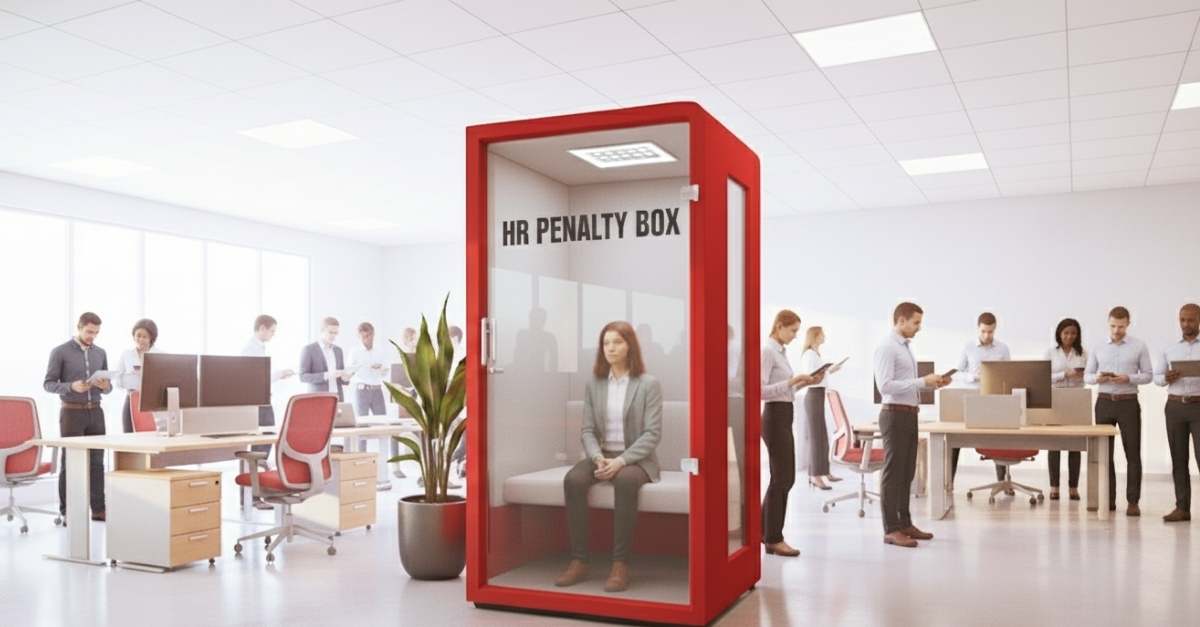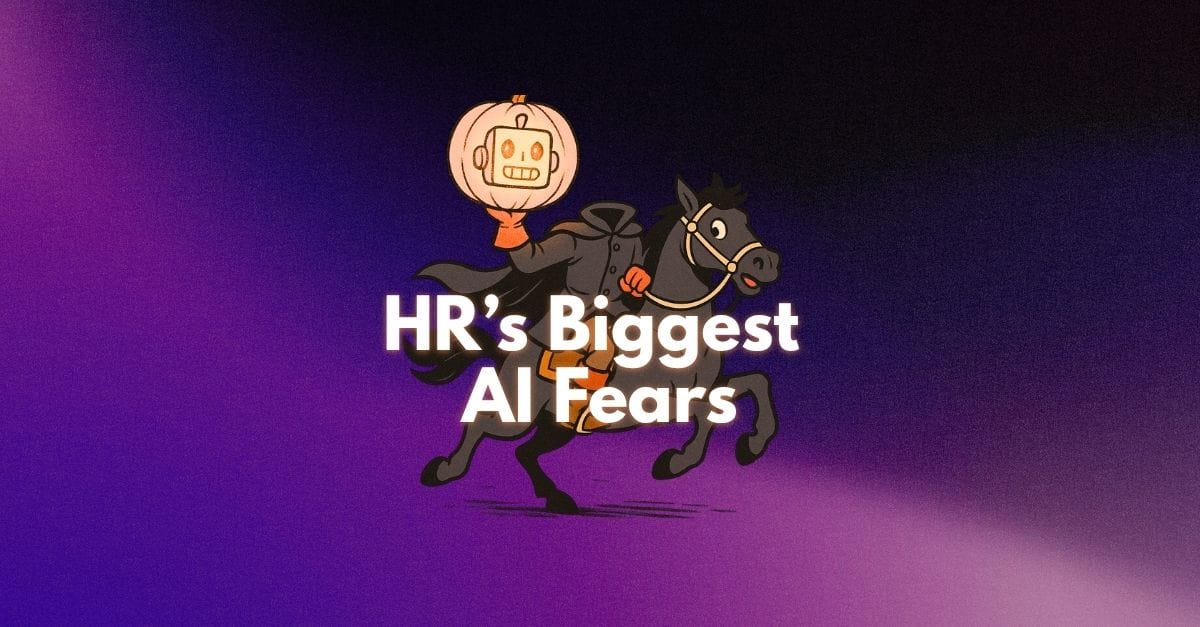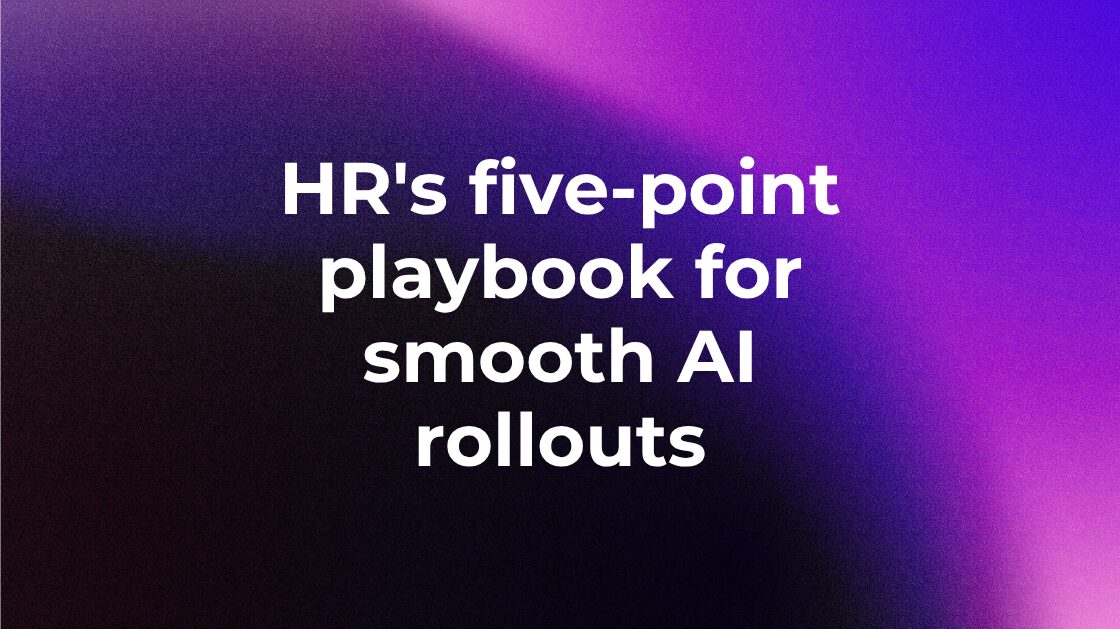You’ve heard plenty about workplace burnout. But there’s another workplace crisis that might be affecting your team even more: the perception gap.
According to our 2025 survey, 46% of employees believe their boss only somewhat or rarely understands their contributions. Think about that: Nearly half your workforce might feel fundamentally misunderstood.
This isn’t just about feelings getting hurt. When your employees think you don’t see their true value, they can feel they’re being overlooked for promotions, start to disengage from their work, and eventually may walk out the door altogether. The damage from this misalignment can exceed even that of burnout, because it attacks something deeply personal: the need to be accurately seen and valued.
When managers and employees operate from completely different realities, everything suffers — productivity drops, innovation slows, and over time, your carefully cultivated culture begins to erode. As these perception gaps multiply across teams, what begin as individual disconnects can eventually undermine your entire organizational foundation.
If you want to keep your best talent (and who doesn’t?), you need to address this perception problem now. By closing this gap, you’ll catapult team performance and tap into a wellspring of talent that’s been hiding in plain sight.
The hidden cost of being misunderstood
Career advancement shouldn’t depend on perception politics, yet for many employees, it does. Nearly half (44%) of workers report they’ve been passed over for raises, promotions, or key projects because someone misinterpreted their skills or work behaviors.
The perception problem extends throughout daily work life, as 48% of employees believe leadership consistently undervalues their contributions. This creates a frustrating dynamic where putting in extra effort feels pointless when it goes unrecognized.
Misalignment expands to performance feedback as well. Our survey reveals 43% of employees received feedback from managers that felt inaccurate or disconnected from how they view themselves. When nearly half the workforce is getting guidance that doesn’t match their self-perception, professional development becomes confusing and ineffective.
These perception gaps create a number of concrete business problems:
- Retention challenges as people leave to find places they feel better understood
- Diminished performance when employees stop investing discretionary effort
- Team dysfunction when members don’t recognize each other’s true strengths
When employees feel perpetually misunderstood, they withhold their best ideas, take fewer risks and contribute less in meetings. Meanwhile, managers make staffing and project decisions based on incomplete or inaccurate views of their team’s capabilities. The result is a workplace running at a fraction of its potential, while talented employees quietly update their resumes.

Give your managers the tools to become outstanding leaders.
The best managers are developed and equipped with the right tools to help them grow—to navigate difficult conversations and support the growth of those around them. Strengthen your management and strengthen your business with PI for managers.
The capability paradox
Nearly one in five workers believe they’re “more capable than they appear on the surface.” This finding from our survey highlights a concerning reality: Many employees feel their full potential remains invisible to those who make decisions about their careers.
When combined with employees who say they “take initiative in quieter ways” (16%), and those who believe they’re “more strategic than their day-to-day tasks reflect” (12%), we find that 46% of the workforce believes their true value remains either hidden or overlooked.
This sentiment creates an inefficient return for many organizations. Companies invest heavily in recruiting external talent while existing employees harbor untapped capabilities. When employees consistently feel their abilities go unrecognized, they eventually look elsewhere for opportunities to fully use their skills.
Teams operate below their capacity when managers fail to spot and leverage the full range of their employees’ abilities. Projects move forward without the best possible contributors. And organizations lose institutional knowledge when these underutilized employees leave.
Many of the qualities businesses need most — critical thinking, initiative and problem-solving — are precisely the traits employees report having but feel go unnoticed. This disconnect creates a workplace where both parties lose: Companies miss accessing their full talent pool, and employees miss chances to contribute at their highest level.
The generational dimension
While perception gaps affect employees at all career stages, our data reveals they hit Gen Z particularly hard. More than half (54%) of Gen Z employees report receiving feedback from managers that feels inaccurate or misaligned with their self-perception — significantly higher than the overall workforce average.
Many Gen Z employees have clear ideas about what would help them feel better understood at work: 56% want clearer career-growth paths; 53% desire more meaningful feedback; and 51% believe better leadership training for managers would make a difference.
This perception problem translates to concrete career setbacks for the youngest employees in your workforce. While 44% of all employees report being overlooked for career opportunities due to misperceptions, for Gen Z this number jumps to 62%, revealing how much more severely these misunderstandings can affect emerging talent.
The common narrative about young workers focuses on burnout and work-life balance. While these issues do affect them, Gen Z employees are also facing the burden of navigating a workplace where they don’t feel accurately seen or understood.
This misunderstanding creates a serious retention risk. When young employees believe their contributions are consistently misinterpreted or undervalued, they’re more likely to switch companies early in their careers. Approximately 35% of this younger generation are planning to change employers within a year. Organizations hoping to build a leadership pipeline need to address how well managers understand and recognize the capabilities of their youngest team members.

Closing the perception gap
Our research highlights a growing problem — and points directly to solutions. When asked what would most improve how they’re understood at work, employees identified clear priorities.
Better manager training
Some 44% of employees believe leadership training would significantly improve workplace understanding. This suggests that perception gaps stem less from employee shortcomings, and more from managers who lack the skills to recognize and nurture diverse talents and work styles.
What should management training entail? Effective training should focus on helping managers recognize their own unconscious biases, adapt their communication styles to different behavioral types and learn to look beyond surface-level impressions when evaluating performance and potential.
Meaningful feedback systems
Nearly half (45%) of employees believe more frequent and meaningful feedback would help bridge the understanding gap. The key word here is “meaningful” — feedback that feels disconnected from reality only widens the perception gap.
The most effective manager feedback combines regular check-ins with structured performance discussions, creates space for two-way dialogue, and focuses on specific behaviors rather than personality traits. This approach helps employees feel heard while giving managers clearer insights into their teams’ capabilities.
The behavioral data advantage
While training and feedback systems create improvement, they still rely on subjective human judgment. This is where behavioral assessment tools show their value. A majority (80%) of Gen Z employees believe tools such as the PI Behavioral Assessment, would either help them, their team or both to better understand their strengths and work style.
These assessments provide an objective language for discussing work styles and preferences. When managers and employees have access to each other’s behavioral data, they can move past assumptions and build understanding based on proven science rather than personal bias.
Unlike traditional personality tests, workplace behavioral assessments focus specifically on how people approach their work, communicate with others, and respond to challenges in professional settings. And they’re validated for workplace use, too. This approach creates a foundation for more productive conversations about strengths, growth areas and career development.
From burnout to breakthrough
While burnout has dominated headlines for years, our research reveals a more fundamental issue at play: Employees don’t feel truly seen.
The business impact is measurable. Missed opportunities, career stagnation, and talent drain directly affect your bottom line. For Gen Z particularly, this disconnect threatens your entire talent pipeline.
Start addressing this gap in your organization today by:
- Implementing behavioral data to create a common language for discussing work styles and strengths
- Training managers specifically in recognizing and leveraging diverse work approaches
- Redesigning feedback systems to create two-way conversations rather than one-sided evaluations
- Reviewing promotion processes to ensure they recognize visible and less obvious capabilities
When employees feel accurately seen and valued, they bring their full talents to work. Closing the perception gap will create teams that collaborate, innovate and adapt better while also driving results.
Ready to see your team more clearly? Learn how The Predictive Index platform can help you build stronger teams and develop more effective leaders.








